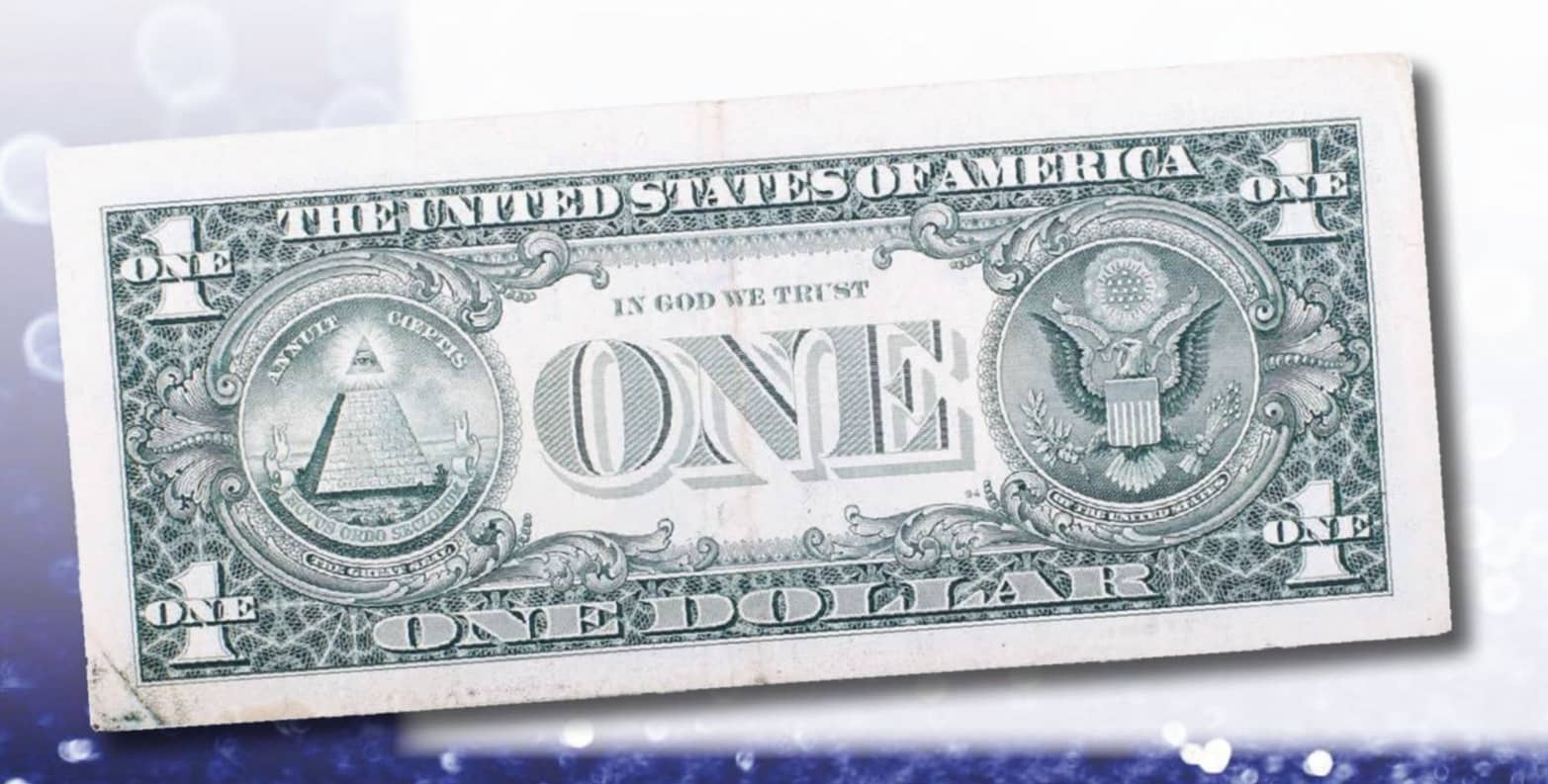
It reveals the Founding Fathers’ respect for the Haudenosaunee Confederacy. Just as a bald eagle sits as a lookout atop the Haudenosaunee Tree of Peace, a bald eagle appears on the U.S. bill. The concept of a cluster of arrows representing a strong union of individuals also originated with the Haudenosaunee. Seeking unity among the original Five Nations, the Peacemaker demonstrated how a single arrow was easily broken but many arrows bound together were not. The Haudenosaunee example of how unity could work influenced various American colonists who got to know them.
Getting to Know Each Other
Conrad Weiser was 17 years old when he went to live with the Mohawks in New York in the 1720s. Chief Quagnant taught him their language and customs. Weiser saw for himself the value of Haudenosaunee statesmanship. For nearly 17 years after his stay with the Mohawks, he helped negotiate treaties in Pennsylvania between the Haudenosaunee and the American colonists.
The Mohawks also adopted Irish merchant William Johnson. Johnson lived in New York. He became friends with Theyanoguin, a Mohawk leader known as Chief Hendrick. Johnson moved freely between Mohawk and colonial communities. In addition to being an advisor to the Haudenosaunee, he eventually became British Superintendent of Indian Affairs. In that role, he oversaw the relationship between the British and Native Americans who lived north of the Ohio River.
Making the Case for Unity
Diese Geschichte stammt aus der November/December 2019-Ausgabe von Cobblestone American History Magazine for Kids.
Starten Sie Ihre 7-tägige kostenlose Testversion von Magzter GOLD, um auf Tausende kuratierte Premium-Storys sowie über 8.000 Zeitschriften und Zeitungen zuzugreifen.
Bereits Abonnent ? Anmelden
Diese Geschichte stammt aus der November/December 2019-Ausgabe von Cobblestone American History Magazine for Kids.
Starten Sie Ihre 7-tägige kostenlose Testversion von Magzter GOLD, um auf Tausende kuratierte Premium-Storys sowie über 8.000 Zeitschriften und Zeitungen zuzugreifen.
Bereits Abonnent? Anmelden
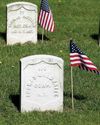
Putting the Pieces Together
Americans needed to begin to put the past behind them, come together, and plan for the future in the spring of 1865. But Abraham Lincoln, the man best equipped to lead them and who had hoped to restore the country as smoothly and peacefully as possible, had been assassinated.
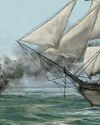
LAST SHOTS
The last Confederate forces in the Civil War didn’t surrender in the spring of 1865 or on a battlefield.
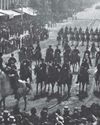
AND IN OTHER 1865 NEWS
A group of African Americans stop at the White House’s annual public reception on January 1, where they shake hands with President Abraham Lincoln.
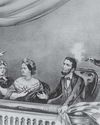
A Plot to Kill President the
For several months, actor John Wilkes Booth’s band of conspirators had plotted to capture President Abraham Lincoln and hold him hostage in exchange for Confederate prisoners.
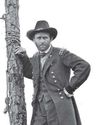
Let the Thing Be Pressed
In June 1864, Union Lieutenant General Ulysses S. Grant began a nearly 10-month campaign in Virginia.
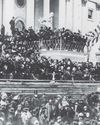
HEALING THE NATION
President Abraham Lincoln took the oath of office for the second time on March 4, 1865.

A Helping Hand
The spring season is hard in any agricultural society. Plants and animals are too small to eat.
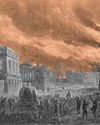
WAR SHERMAN-STYLE
As far as Union Major General William T. Sherman was concerned, the Civil War had gone on long enough.
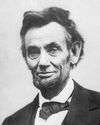
PEACE TALKS
The fall of Fort Fisher made clear that the Confederacy’s days were numbered. Southerners were tired and hungry.
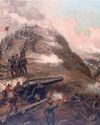
FORT FISHER'S FALL
Outnumbered Confederate soldiers inside Fort Fisher were unable to withstand the approach of Union troops by land and the constant Union naval bombardment from the sea.